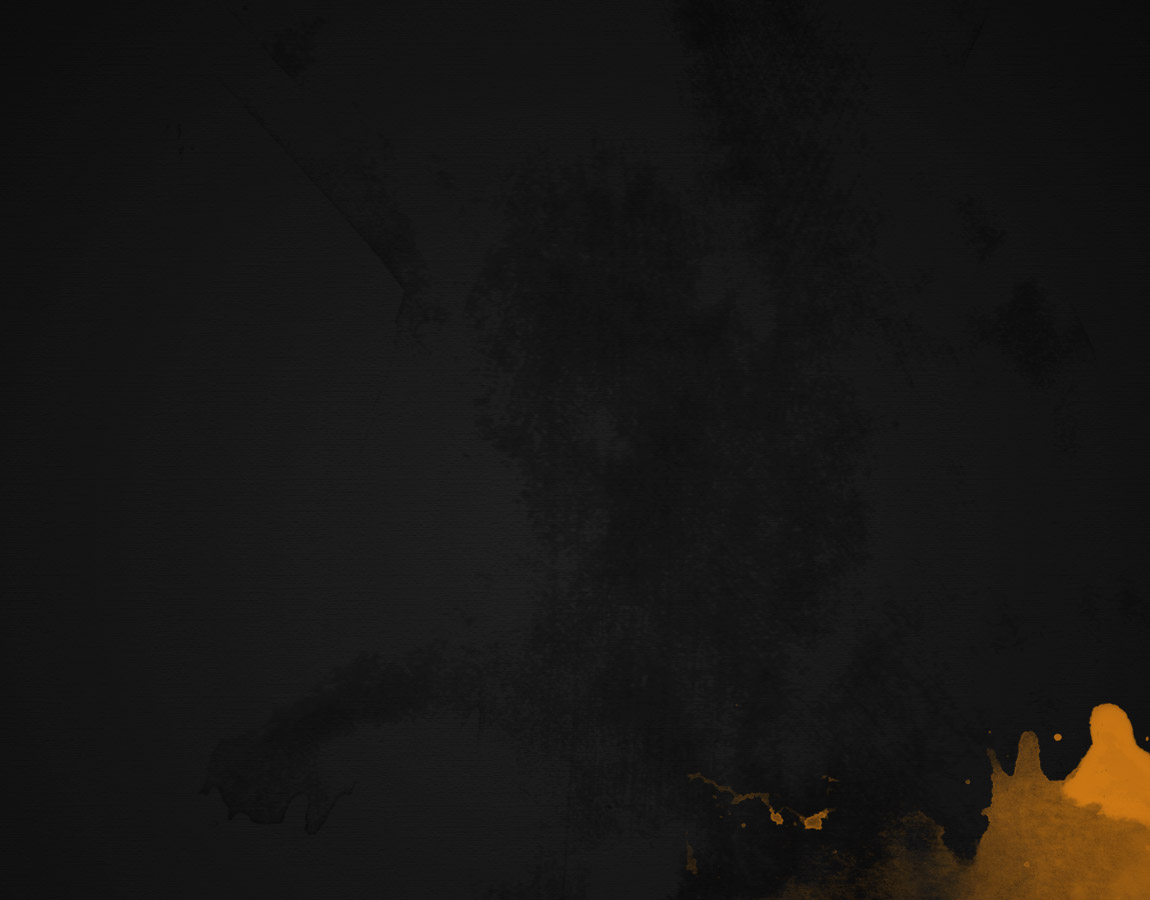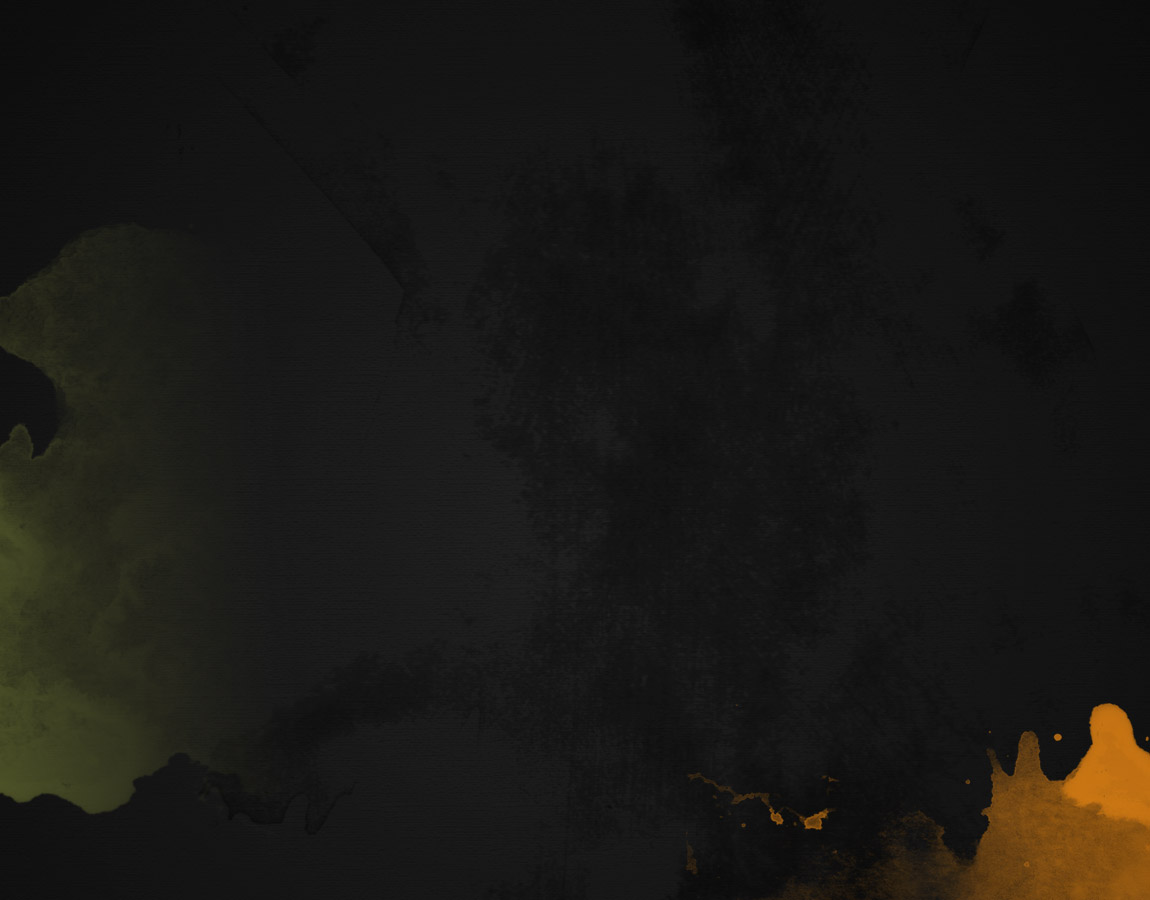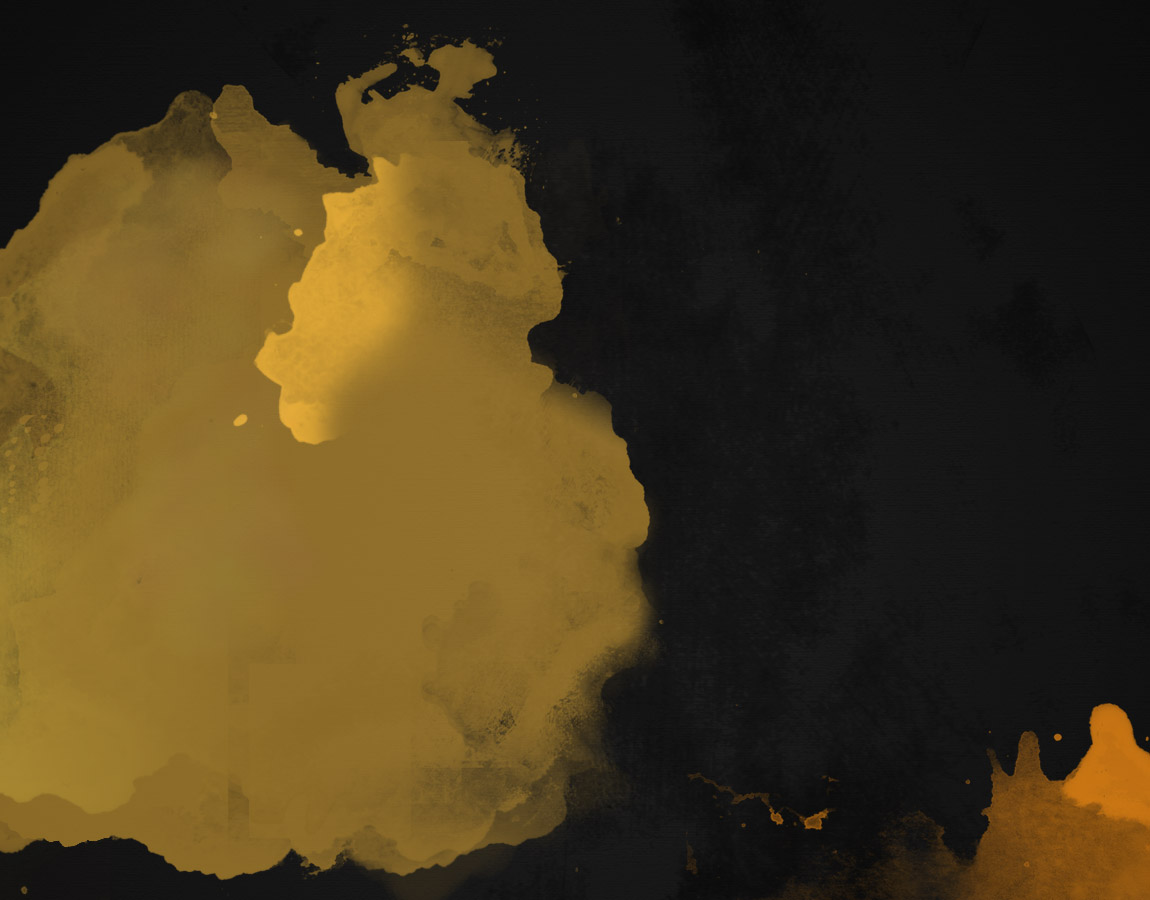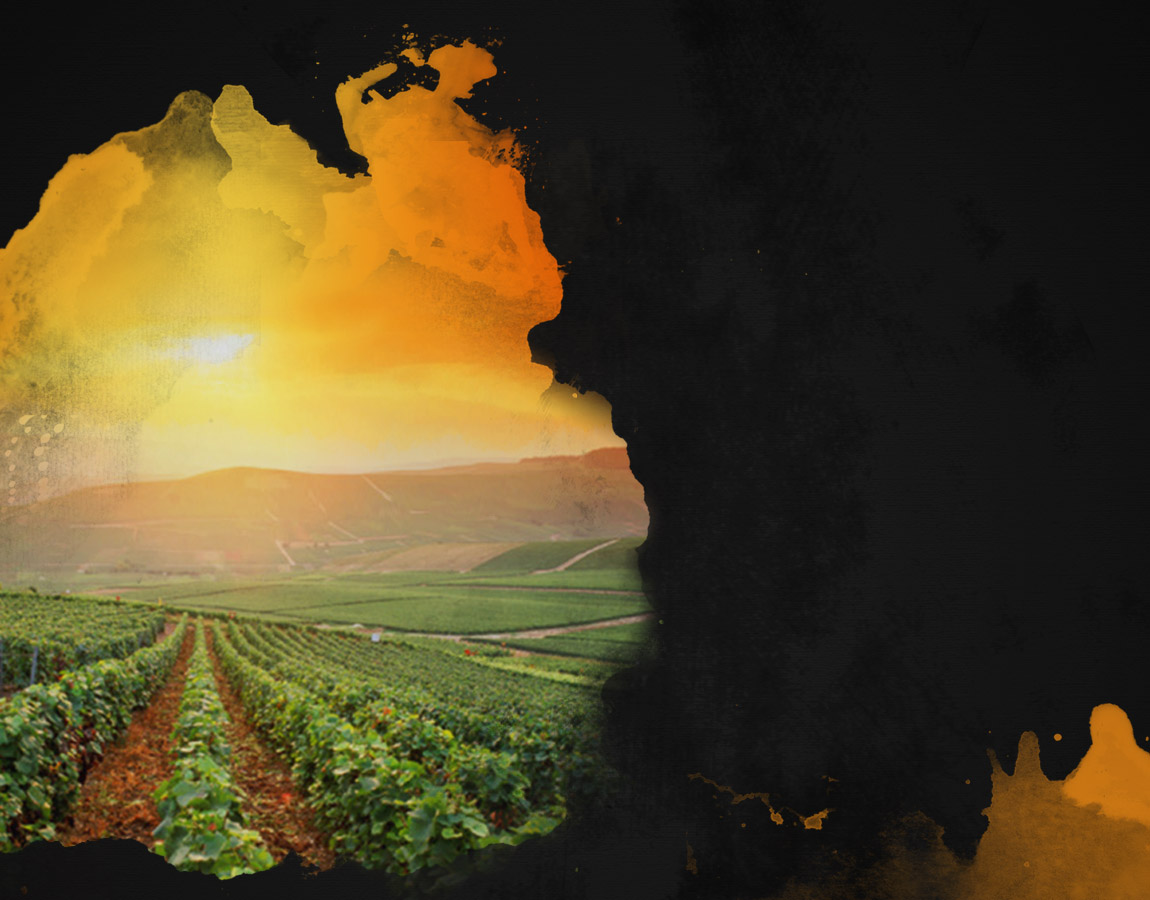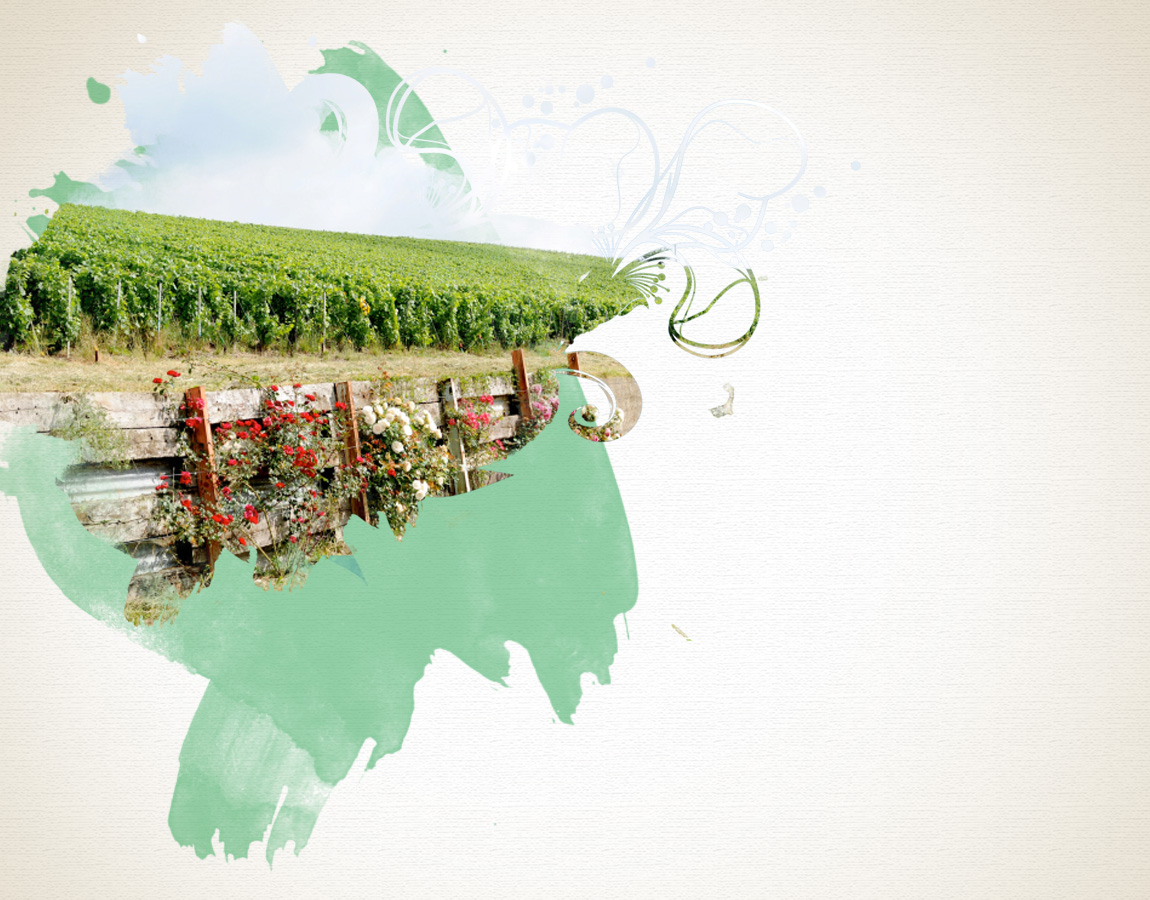
Four major areas compose the picturesque region of Champagne: The Massif of Rems, The White Hills, The Marne
Valley and The Bar Hills. Three grape varieties prosper there: Pinot Noir, Pinot Meunier and Chardonnay. The
Charpentier House boasts 72 plots spread over the Marne Valley around Charly sur Marne. Most of this area is
planted with the Pinot Meunier grape. Uniquely, Charpentier also grows the Chardonnay and Pinot Noir grapes
here, making for an unusual selection of grape varieties for the Marne Valley. This has a significant effect
on the aromatic visage of the Champagne, and is what allows this vineyard to produce a complete range of
champagnes with 100% estate grapes.
The favorable exposure of the vines, which sit peacefully in the middle of the hillsides, allows for running
the area under the sustainable viticulture method. The terroir enriches the aromatic expression and the
structure of the grapes. As an additional step, many of the parcels are organically cultivated.
The grapes grow in a particular cycle, beginning with tears, which means the sap is rising, next the bud and
the first leaf appear, then there is growth with several leaves appearing, followed by pollination and
flowering, the setting of the grapes and changing of the color.
The first fermentation of the grapes occurs in tanks, with the objective of changing the must into wine. The
second fermentation happens inside the closed bottles, and is known as the foaming process. The Co2 is
liberated by the yeast and then trapped in the bottle, creating the signature sparkling effect. The wine has a
natural ability to sparkle due to macro-molecules, which produce a perfect harmony and balance between wine
and effervescence.








